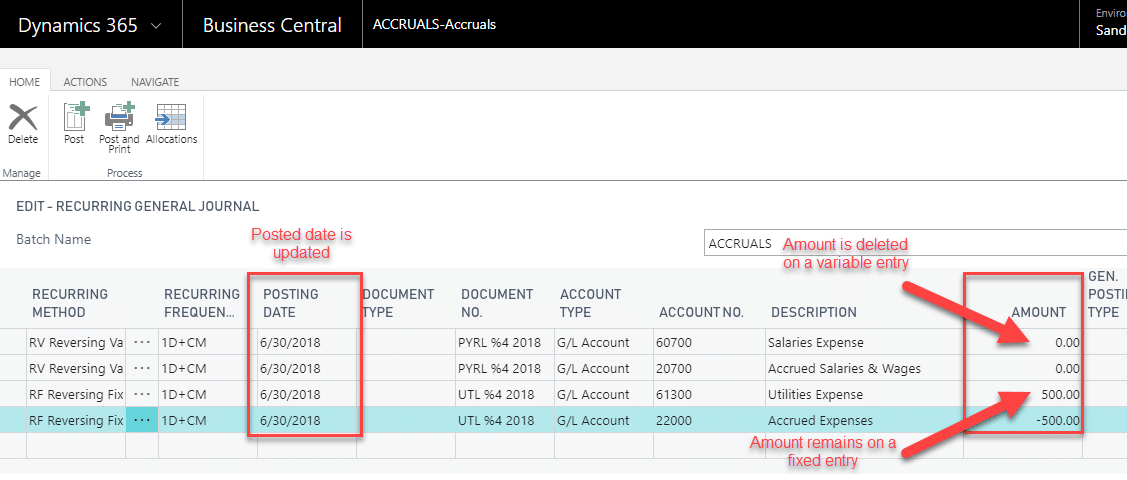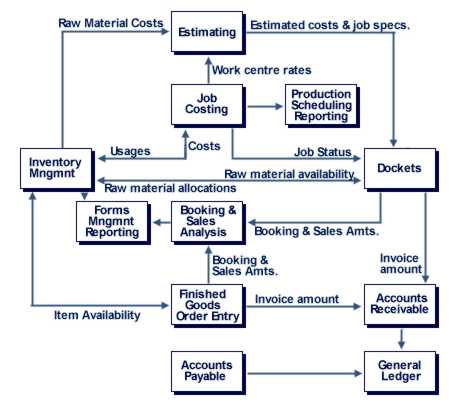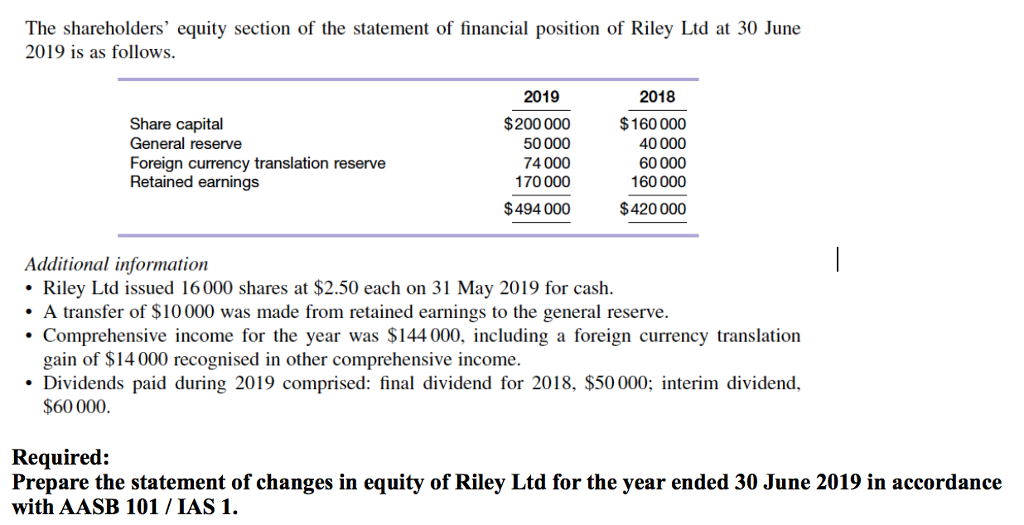Content

This retiree benefit is considered to be part of the compensation package earned by employees while they are working. Again, accrual accounting and the matching principle require that the cost of this future insurance coverage be expensed during the years the employees are working by debiting an expense and crediting a liability. During the employees’ retirement years, the company’s payment for insurance will reduce the company’s liability and will reduce its cash. Unlike payroll expense, the cost of labor also includes the amounts paid to contract labor. An independent contractor provides work for your business when needed, but they are not an employee.
- Outsourcing payroll allows you to save money in several different ways.
- To learn more on the accounting for post-retirement benefits, such as health insurance coverage, you are referred to an Intermediate Accounting text and/or to the Financial Accounting Standards Board’s website
- If your books don’t balance, retrace your steps to find your accounting mistake and fix it.
- Every business should use the accrual method of accounting, which matches the revenue it earns with the expenses it incurs.
- This results in a liability on the balance sheet until withheld amounts are remitted.
- After you get the information to record payroll entries in accounting, head on over to your books to get cracking.
If a state has an unemployment tax rate of 4% and an unemployment wage base of $14,000, it means that the employer’s maximum payment for each employee will be $560 per year. In addition to the employee’s Medicare tax there is also an employer’s Medicare tax. The employer’s Medicare tax is considered to be an expense for the employer. For the year 2023, the employer’s portion of the Medicare tax is the same rate as the employee’s withholding—1.45% of every dollar of each employee’s annual wages and salary.
Reporting Payroll Taxes
It generally takes one to two days to debit your account, credit the employees’ accounts and clear the funds for use by employees. Will hours accrue and carry over into the next year if unused? If your company plans to offer benefits, when will employees become eligible, and what impact will benefits have on your payroll expenses and calculations? Be sure to clearly explain the policies and benefits to all employees. Payroll software and services can help businesses efficiently run payroll, stay up to date with federal, state and local payroll regulations, correctly withhold and pay taxes, and handle employee benefits.

The way you handle payroll can significantly impact employee trust and morale. Better remote work practices help remote workers feel like part of the team. When people feel connected, they are more likely to want to stay. Creating that sense of belonging starts on day one, so see our guide for more on onboarding international workers.
Employer Payroll Tax Responsibilities
Payroll taxes are the amounts that your business must pay to state and federal agencies based on gross payroll figures. Employers must make contributions to employees’ Social Security and Medicare funds in the combined amount of 7.65 percent of gross wages as of 2012. In addition, most states require employers to pay industrial insurance and unemployment insurance, and the federal government requires employers to pay an unemployment insurance tax as well. The employer portion of payroll taxes and FUTA is an expense to the company. The accounting entry on each pay day is a debit to payroll expenses on the income statement and a credit to payroll tax liability on the balance sheet. When the payment is made to the IRS, debit the payroll liability account and credit bank or cash. Deposit taxes and file tax forms with government agencies in accordance with their required schedules.
- At The Payroll Department, we’re found that managing payroll expenses can be a difficult aspect for some small business owners when it comes running a business.
- Businesses taking a remote-first approach need to revise their compensation model and choose a new strategy for setting salaries for remote workers.
- Indirect labor costs are those expenses related to supporting product production.
- Third, they usually operate with the latest payroll software which integrates with your other systems, allows for a maximum of automation, reduces payroll errors and avoids unnecessary work.
To ensure your accounting books are accurate, learn how to record payroll transactions. What’s more, withheld taxes and social security contributions for paid salaries and wages have to be submitted to the local https://online-accounting.net/ authorities according to fixed schedules. Late payments and false reporting lead to fines and other financial penalties. However, they can be avoided by outsourcing payroll to an experienced service provider.
Payroll Deductions as Liabilities Vs. Payroll Expenses
This accounting method does not post expenses based on cash outflows. The worker’s annual income and the number of allowances they specify on their W-4 determines the amount you deduct. Finally, besides wages and withholdings, you should also consider the costs of managing or running payroll.
What are the 4 most common payroll deductions?
- Federal Income Tax. The employee decides how much of each paycheck is taken out on their W-4 form for their federal income taxes.
- State Income Tax. State taxes are like the federal income tax.
- Social Security (FICA)
- Medicare Tax (FICA)
- Insurance Policy Deductions.
- Retirement Deductions.
Payroll software handles the tax calculations for you, giving you more time to get back to your business. Payroll is the compensation a business must pay to its employees for a set period or on a given date. Also, wage expenses during the Christmas/holiday season may be higher as companies hire more workers to meet the increased demand for shopping. After the holiday season, companies then may cut back on the number of workers when business is not as busy and the need for additional workers has gone.
What is Payroll?
However, the growing sector of the workforce who prefer paycards, digital accounts, EWA, and on-demand pay should also be recognized and supported. Payroll service , you can save time and process payroll correctly. Form 1096 reports the dollars you paid to independent contractors using 1099 forms. The W-4 also guides employees who have multiple jobs or spouses who work. There are extra schedules to calculate withholdings in these situations. Payroll taxes are paid for by the employer, such as the employer’s share of Medicare and Social Security tax set up by the Federal Insurance Contributions Act, or FICA.
What are the 4 most common payroll deductions?
- Federal Income Tax. The employee decides how much of each paycheck is taken out on their W-4 form for their federal income taxes.
- State Income Tax. State taxes are like the federal income tax.
- Social Security (FICA)
- Medicare Tax (FICA)
- Insurance Policy Deductions.
- Retirement Deductions.
If you have staff working in various countries, tracking liabilities can be even more complicated. In this case, you can turn to aglobal payrollsolution provider, like Omnipresent, to manage all aspects of your payroll process, including tracking liabilities. The employers’ net cost is simply the total amount of premiums paid to the insurance company minus the portion of the cost the employer collects from its employees.
Open a separate payroll account if paying your employees out of your business account gets too complicated. If you choose a fixed pricing plan, you may be paying for more workers than you have. For example, if the fixed plan charges What are Payroll Expenses? $150 for up to 25 employees and you only have nine employees, a PEPM plan could be significantly cheaper. Plus, fixed plans often have an employee cap, which is not ideal for companies that are planning for exponential growth.

Changes to tax laws, adding or losing employees, and changes to tax withholdings may affect your payroll calculations from one pay period to the next. The form tells employers how much to withhold from a paycheck for tax purposes. The number of allowances on the W-4, along with the gross pay, determines the tax withholdings. The current employer’s FUTA tax rate is 6% on the first $7,000 in gross income a worker earns. If wages are subject to a state unemployment tax, the employer can use a 5.4% FUTA credit, which reduces the FUTA tax to 0.6%. Total federal and state unemployment taxes vary and depend on each state’s unemployment program. Unpaid employee wages make up the largest part of your pay-related liabilities.

